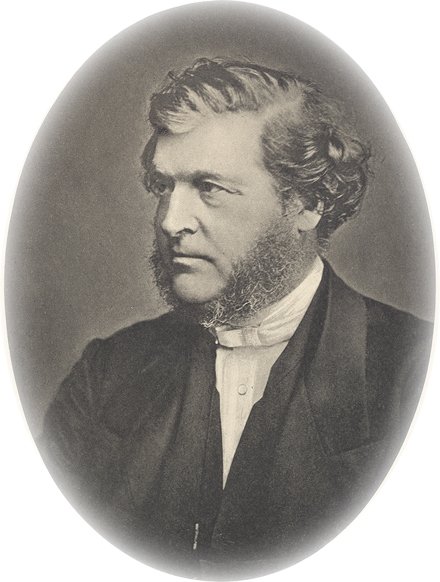 Unless you are a rabid King James Only advocate, you will know about the existence of textual variants in the New Testament text. But how do we find out what those variants are, and what they mean? Why does the NIV read differently from the ESV in places? Why do both differ from the Authorised Version? What do you do when someone approaches you and asks about the variants? What about Bart Ehrman's contention that the variants represent radically different theologies?
Unless you are a rabid King James Only advocate, you will know about the existence of textual variants in the New Testament text. But how do we find out what those variants are, and what they mean? Why does the NIV read differently from the ESV in places? Why do both differ from the Authorised Version? What do you do when someone approaches you and asks about the variants? What about Bart Ehrman's contention that the variants represent radically different theologies?Philip Comfort's book New Testament Text and Translation Commentary is just what you need in cases like this. I call it 'The Big Book of Textual Variants', as it's a good description of the book. This 900+ -page volume is certainly big, and it's all about textual variants. Comfort goes carefully through the New Testament text, listing the significant variants, which printedGreek Text includes them in the main text, the manucripts that contain them, and which English translation (if any) has each variant. There then follows an explanation of the variant, and the reason why it may or may not be the original text. There are, of course, some variants which no English version contains, and which is found in the main text of no printed Greek text. While the previous standard book in the field, Bruce Metzger's Textual Commentary on the Greek New Testament, only contained those passages that were included in the apparatus of the UBS 4th edition, this book has all of them. This book does not require a knowledge of Greek, although of course that would help!
This is an important book, written by a good conservative scholar, which ought to reassure Christians that we ought not to be afraid of the textual variants! Invaluable for pastors, seminary students and apologists.
[Readers will understand that I am unable to supply books reviewed. I got this one from the EMW bookshop in Cardiff, and suggest readers do the same.]

No comments:
Post a Comment